A crunchy deep-fried churro dipped in a gloopy cup of chocolate is one of the most decadent and divine culinary pairings in history. It’s a calorific breakfast that can be enjoyed in churrerías throughout Madrid setting any tourist up for the busy day sightseeing. Surprising then that while both churros and chocolate have a long history in Spain, eating them together wasn’t a “thing” until places like the legendary San Ginés opened its doors at the end of the 19th century.
Chocolate in Spain
Cacao was brought over to Europe in the 1520s by Friar Gerónimo de Aguila on his return from a trip to Mexico with Hernán Cortés. While the Mexicans prepared it as a bitter spicy brew, from early on, Spaniards took it as a drink with water and sugar added. It was an instant success among the upper classes and became so popular in the 17th century that priests had to ban its consumption during mass. In a 1680 trial of faith held by the Inquisition to root out nonbelievers, aristocrats were even seen supping the drink as they watched proceedings from the balconies of the Plaza Mayor.
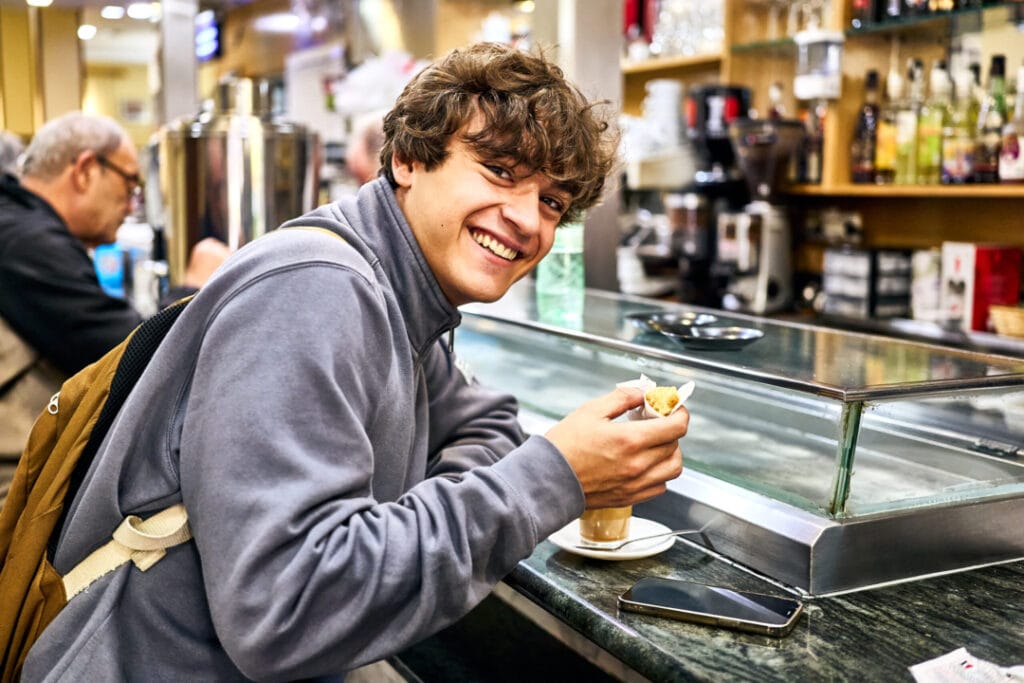
Like tea to the British
Outpacing even coffee, in the 19th century, the drink had become a staple for Spain’s working classes and was now taken hot with spices like cinnamon or vanilla. In Spain in 1830 by Henry D. Inglis, the author reports seeing two chocolate shops on Calle Carreteras alone:
“Walking through the streets of Madrid you are one moment arrested by a pleasant smell and the next stunned by a bad one; among the former is the fragrant perfume from the cinnamon to be mixed with the chocolate.”
“Spain in 1830” Henry D. Inglis
Chocolate for breakfast
Another 19th-century account by a foreign traveler highlights how ubiquitous chocolate had become to daily routines, especially breakfast:
“As for the occupations of our little family, they were such as are common in Spain. The first thing in the morning was to arrange and order everything for the day. Then each took the little higada of chocolate and panecillo or small roll of the delightful bread of Madrid.”
A Year in Spain, Alexander Slidell Mackenzie
Churros
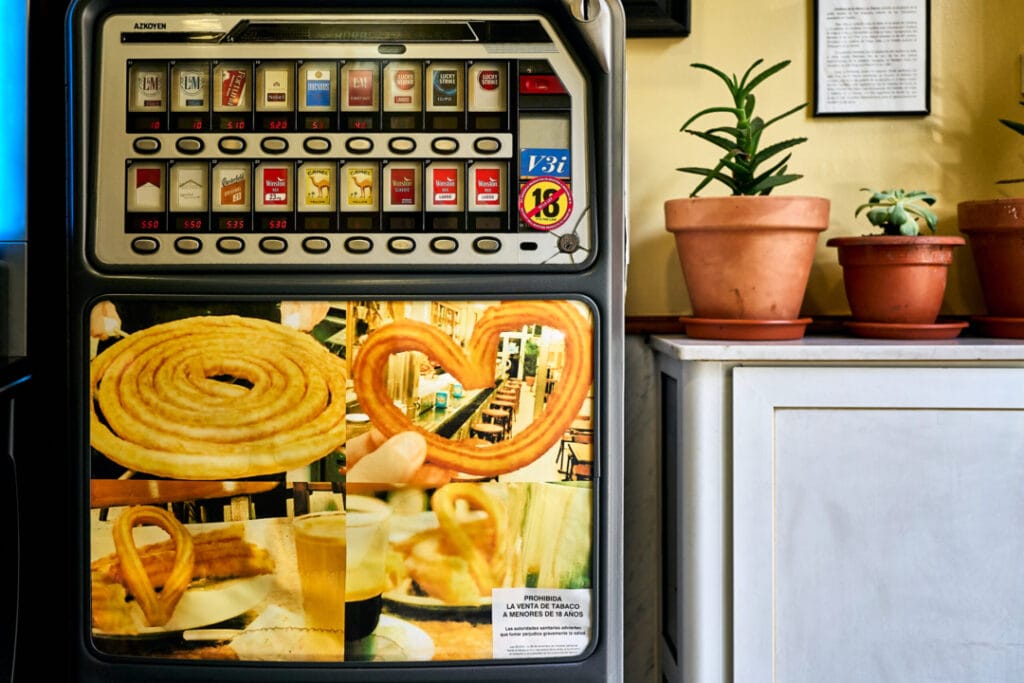
While the first written mention of churros appeared in the 17th century, it wasn’t until the late 19th century that people put the two together. A dough mix piped into hot oil, churros were a treat served up at fairs and enjoyed with sugar sprinkled over them. While it’s hard to pinpoint the snack’s origins, it’s likely that it was brought over to the Iberian peninsula from China by Portuguese sailors.
To this day, the Chinese enjoy deep-fried youtiao for breakfast with rice congee or soy milk. In fact, you can buy youtiao in Usera, Madrid’s Chinatown. I live in the area and tried them last year at El Barranco. Personally, I prefer the sweet version, though I have had them in a Chinese soup and found them absolutely delicious.
Porras or churros
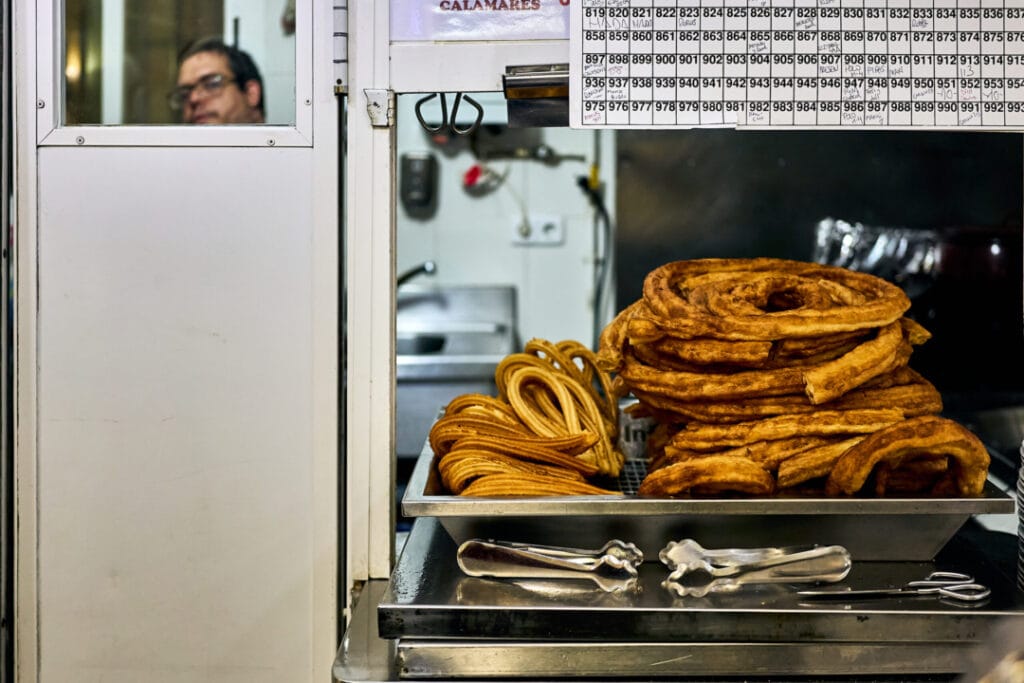
If you order churros in Madrid, you’ll be given a churro madrileño, which is a thinner, looped crunchy bit of deep-fried dough. However, I prefer the wider, more succulent porra to dip in their chocolate. Still, I often get confused when ordering them as down in Andalucia, the names are reversed. This has caused me some headaches when ordering in Granada!
Best churros and chocolate in Madrid
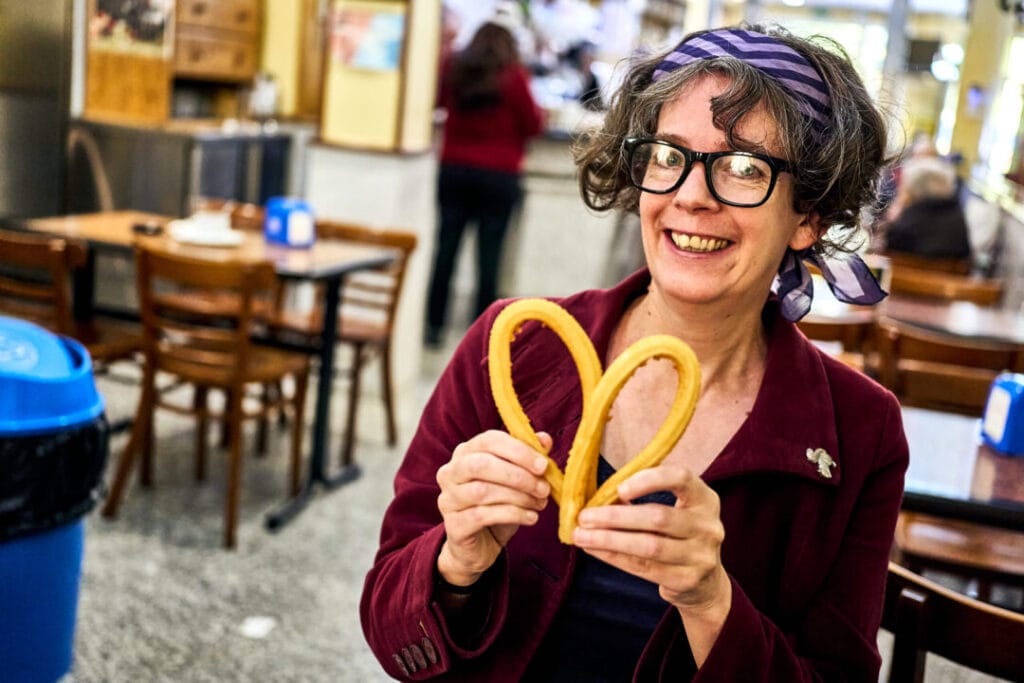
Tracing its origins back to the start of the churros and chocolate trend at the end of the 19th century, San Ginés is indisputably the best place to try this traditional Spanish treat. Tucked away down a side street off the Calle Mayor, queues often snake around the block, and yet, despite its enduring popularity, standards have not gone down. However, if you don’t want to wait there are plenty of other good places to go. I particularly love Churreria Bar Formula Nietos in Embajadores. However, Churrerías Siglo XIX and Chocolatería Cibeles are also great options. And if you’re looking for more suggestions, Madrid Secreto has a great rundown.
If Madrid’s history interests you, why not book yourself in for a tour? As a seasoned guide and passionate historian, equipped with insights from being a Lonely Planet guidebook writer and freelance journalist, I am eager to unveil a hidden side to the city most tourists miss out on. To find out more, get in touch.
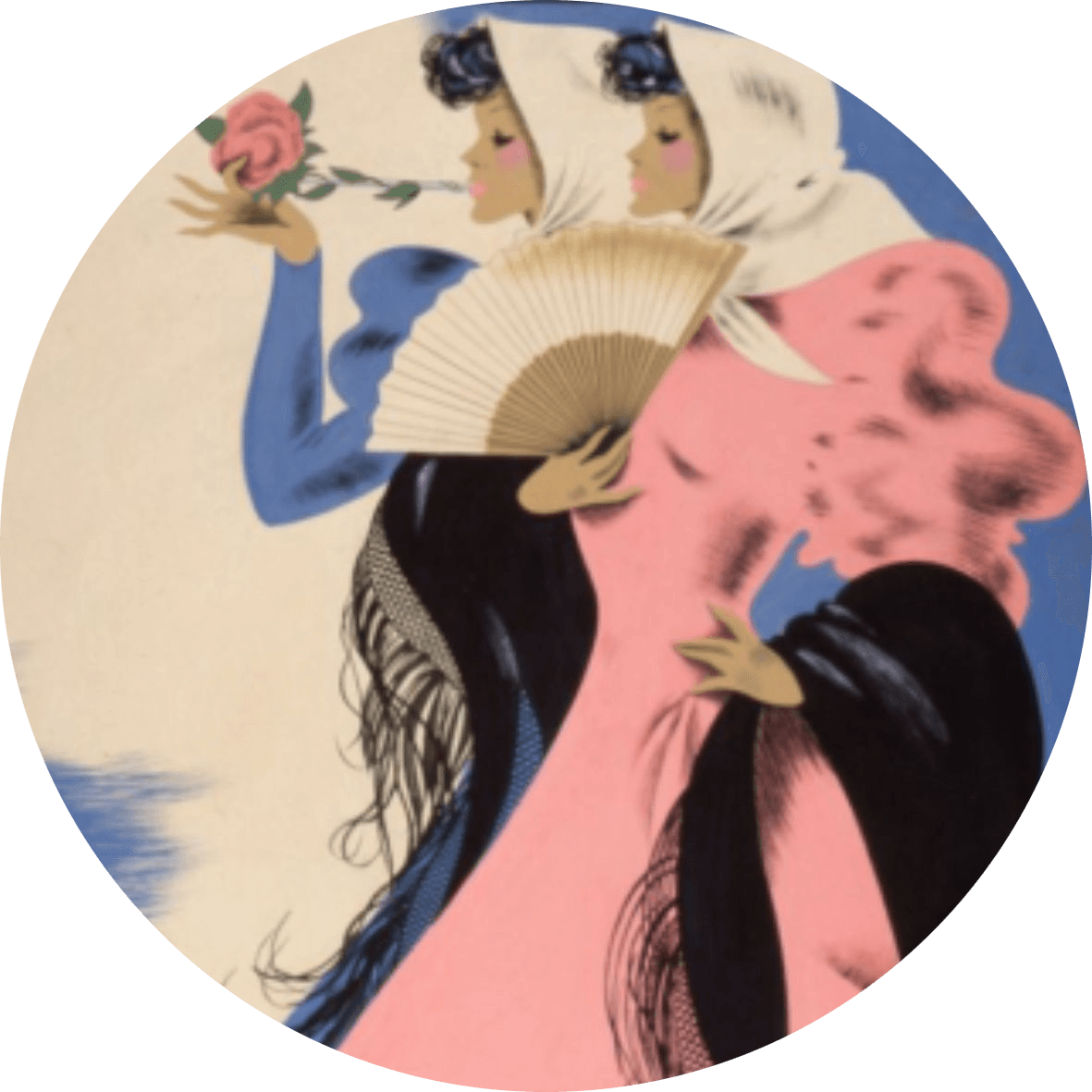
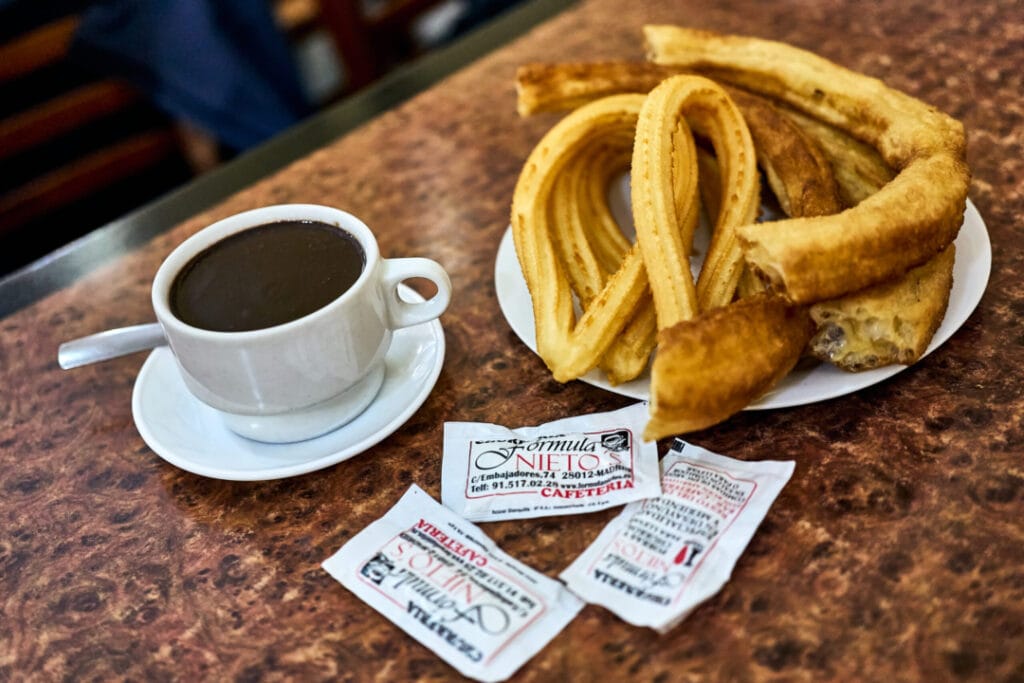
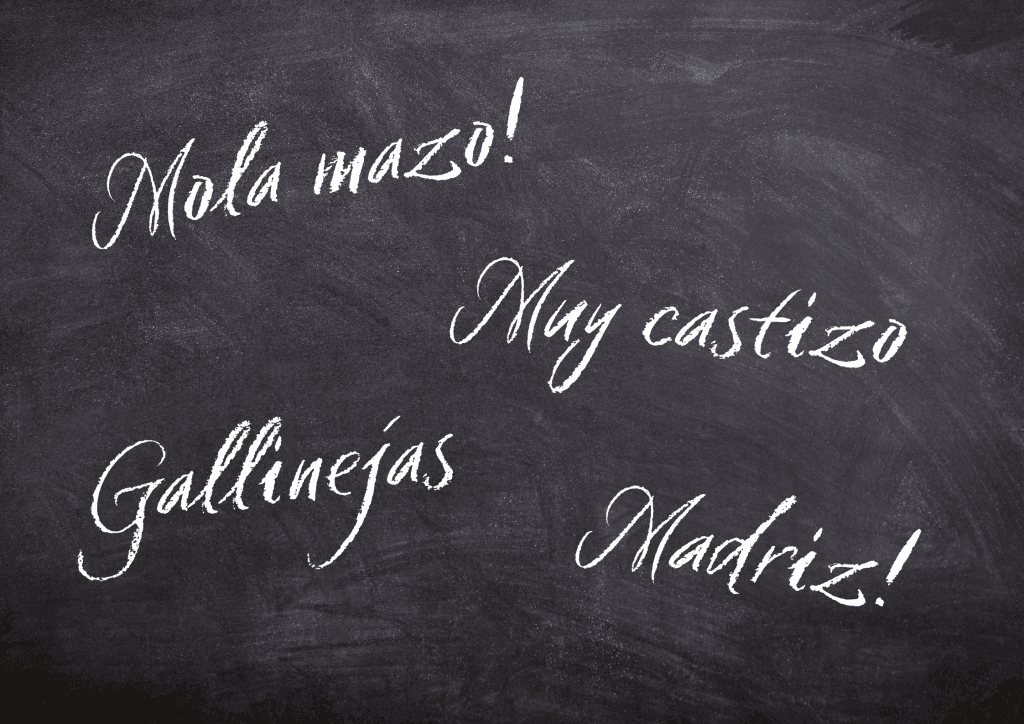
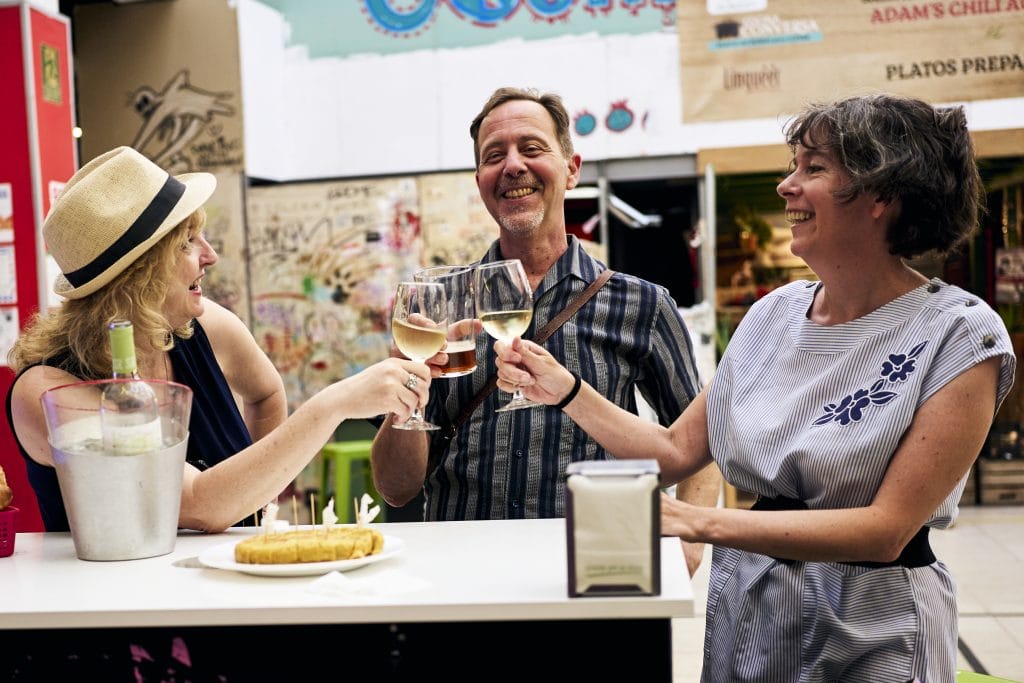
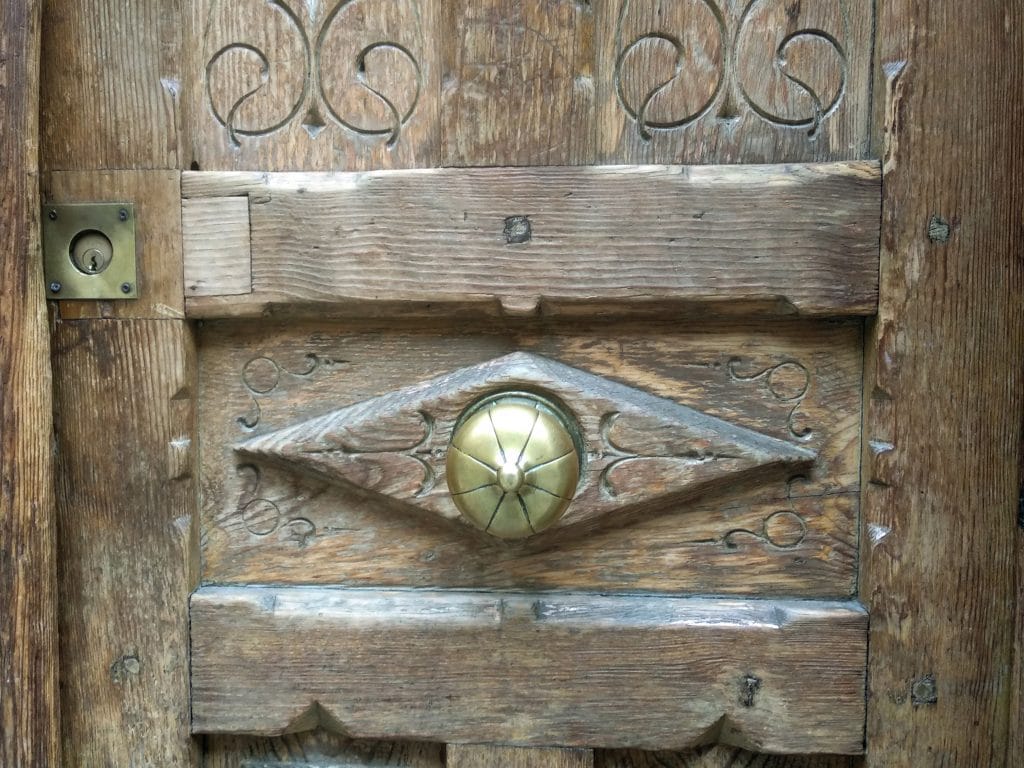
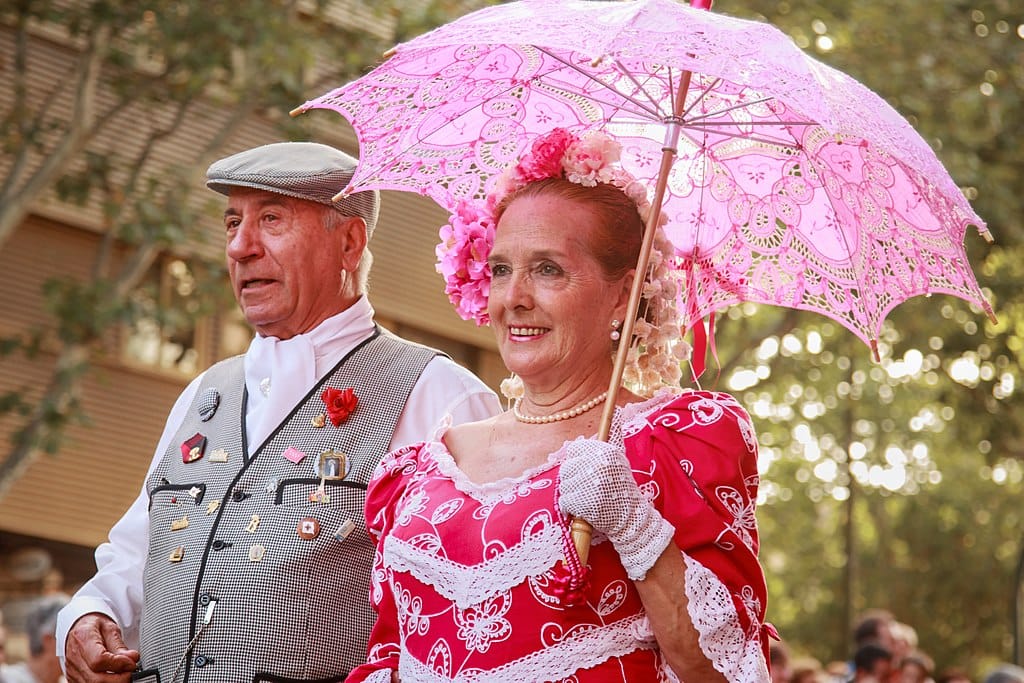
Pingback: Mealtimes in Madrid - The Making of Madrid
Pingback: Madrid: Heroic Chocolate & Statues – Mike & David's Adventures